What is Fabric Pest Control?
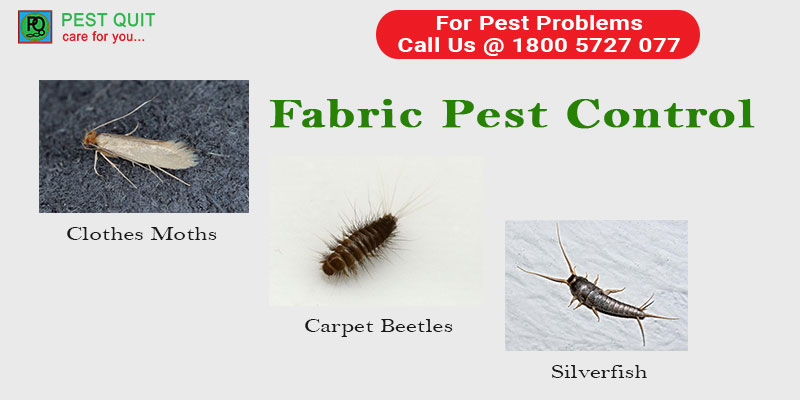
Fabric Pest Control
In India, fabric pests, especially carpet beetles, are very common in both homes and the textile industry.
Many insects eat a wide range of foods. Some insects, such as carpet beetles and clothes moths, get their nutrition by consuming organic materials.
Wool, silk, fur, feathers, and animal hair are among the most widely targeted materials.
Knowing what fabric pests look like, where to find them, and how to avoid or monitor infestations can help you protect your fabrics, rugs, and other products from infestations.
The larvae of two different types of insects cause fabric destruction. These are carpet beetles (Dermestidae) and clothes moths (Tineidae)
Carpet beetles and clothes moths are some of the few insects that contain an enzyme in their digestive system, making them unique in the insect world.
Keratinase is an enzyme that helps them to eat keratin, a protein found in animal hair.
Carpet beetles nearly often do damage to woollen materials.
This is due to the fact that these beetles are well suited to the colder temperatures and lower humidity levels found in northern states.
Other insects such as crickets, silverfish, cockroaches, and termites may feed on fabrics, but they do so infrequently.
Carpet Beetles
Carpet beetles, as their name suggests, infest carpets on occasion.
Carpet beetles feed on wool, hair, felt, silk, feathers, hides, and leather, much similar to clothes moths.
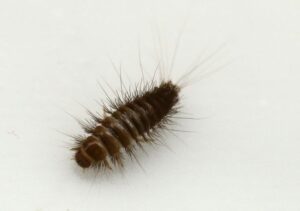
The carpet beetle larvae will digest keratin, a fibrous animal protein found in certain materials.
Cotton and synthetic fabrics such as polyester and rayon are rarely attacked.
Carpet beetle infestations will go undetected for a long time, causing damage to sensitive objects.
Although silk does not contain keratin, but carpet beetles, especially the hide beetle, black larder beetle, and furniture carpet beetle, are serious silk pests.
Carpet beetles will consume leftover pet hairs and feathers as well. When families have indoor dogs, they may be more of a concern.
Threats caused by carpet beetles:
- While the carpet beetle is a general feeder, it is largely responsible for economic harm to household fabrics. The larval stage is the one that causes problems.
- They are known to eat big, irregular holes in any food that is suitable to them.
- They like to eat the top of wool goods or the underside of furs, leaving bald spots on the hide.
- Carpet beetles can also be a pest of stored goods as they infest cereal, nut, and grain storage containers.
Clothes Moths
There are two species of clothes moths that damage fabrics.
1. Webbing Clothes Moth: The larva of the webbing clothes moth spins silk webbing on the fabric and feeds under it.
It pupates and becomes an adult moth after going through many molts. The adult moth is about 1/2 inch long, creamy white, and has a golden tuft of hairs on the top of its head. The moths themselves are solitary creatures that are barely seen.

2. Casemaking Clothes Moth: The larva of the casemaking clothes moth lives in a tubular case made of silk and fiber.
When the larva eats, it drags the case along with it and will die if it is removed from it. A fully grown larva will pupate and turn into a small white moth.
Threats caused by clothes moths:
- Hidden damage can be found under fabric collars or cuffs, in upholstered furniture crevices, and in carpeted areas under furniture.
Common prevention practice to avoid fabric pests
- Vacuuming: Vacuuming can eliminate hair, dead larvae, and other debris that these insects feed on, in addition to killing the fabric pests. Vacuuming carpets, baseboards, behind and beneath beds, cushions under chairs, and between dressers and boxes. Both sides of Oriental rugs should be vacuumed.
- Laundering or Dry Cleaning: Clothing should be washed or dry cleaned before being stored. All stages of fabric pests are killed by dry cleaning.
- Pheromone Traps: Pheromone traps are available for webbing clothes moth, case making clothes moth, varied carpet beetle and black carpet beetles. Pheromone traps are useful for keeping track of pests in stored foods, especially moths (such as Indian meal moths) and warehouse beetles. Meat factories and processing plants are the most common places where pheromone traps are used.
- Mild Fumigants(Naphthalene): When high concentrations of naphthalene are released, clothes moths are controlled, but carpet beetles are not. It works well when balls or flakes are scattered around clothes. It can discolor fabrics when exposed to moisture, so it should be put so that it does not come into contact with the cloth. It’s possible that using naphthalene in or on papers would help. Plastics are unaffected by naphthalene, but metal is corroded.
- Insecticides: Because of all the possible food sources available inside houses, fabric pests are difficult to handle. Crack and crevice applications can be used since these species often reside in cracks and void regions. Contact a pest management firm that specializes in this kind of procedure.
Common FAQS on Facric Pest Control
Are fabric pests dangerous?
Fabric pests cause serious damage to personal property but do not pose a direct threat to humans.
Both the clothes moth and the carpet beetle’s immature stage (larvae) does the most damage to clothing pieces stored inside homes and businesses.
Adults lay their eggs on a suitable food source, and the larvae begin feeding on and destroying the item until they hatch.
Clothes moths cause problems on museums’ collections with fabrics and items made from animal bi-products.
It’s important to keep in mind that carpet beetle larvae are covered with bristles, which can cause skin irritation if they come into contact with a sleeping human.
People sometimes mistake them with bed bugs because of the rash they inflict.
Why do I have a fabric pest problem?
Outdoor light attracts carpet beetles, and they enter homes on their own through cracks in external walls or around doors and windows.
Clothes moths enjoy darkness and dislike places that are brightly lit. They are often accidentally introduced into homes by items such as potted plants, rugs, curtains, or clothing that still has their eggs or larvae on them.
Where will I find fabric pests?
This pests also live and eat in basements, attics, closets, and other quiet areas.
These bugs like to hide under baseboards, beneath upholstered chairs, in clothes kept in closets or basements, and on the undersides of carpeting.
Since they live and feed out of sight, fabric pest populations can quickly grow to be very large before being detected.
How to get rid of fabric pests?
Regular checks and tracking can aid in early detection of a problem, allowing for quick and reliable fabric pest infestation solutions.
This would continue to reduce the chances of sensitive and expensive things being damaged in the long run.
- Pest Quit’s pest experts solution ensures that the land is well-protected.
- Inspection of your home or company is completely free.
- Professionally certified technicians — will visit on a regular basis to accurately classify the insect problems and recommend the right methods.
- Fabric treatments that are both safe and efficient — thanks to our vast expertise, we can provide you with a tailored and effective fabric pest treatment.
Professional pest control is the only choice for serious pest problems. Experts at Pest Quit will help you determine the best plan of action for safely eliminating the pests.
Looking for Effective Pest Control Services in your city?
Then you are in the right place.
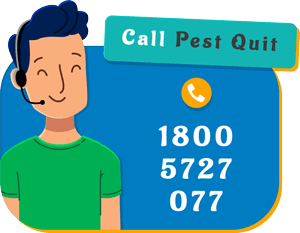
Are fabric pests dangerous?carpet beetlesclothes mothsclothing mothsCommon prevention practice to avoid fabric pestsfabric pest controlHow to get rid of fabric pests?what is fabric pest controlWhere will I find fabric pests?Why do I have a fabric pest problem?
Related Posts
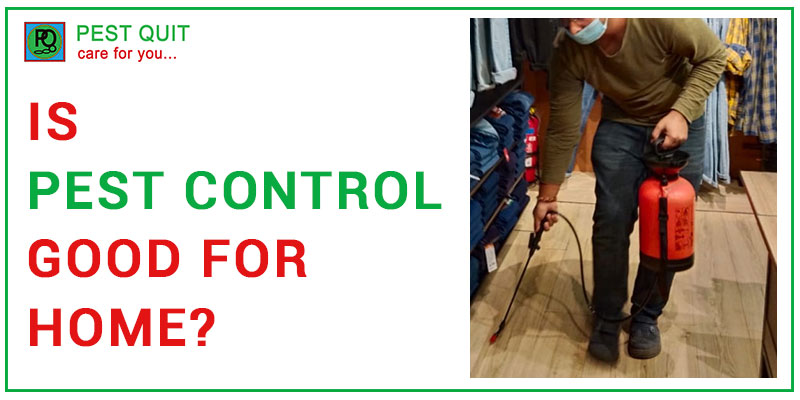
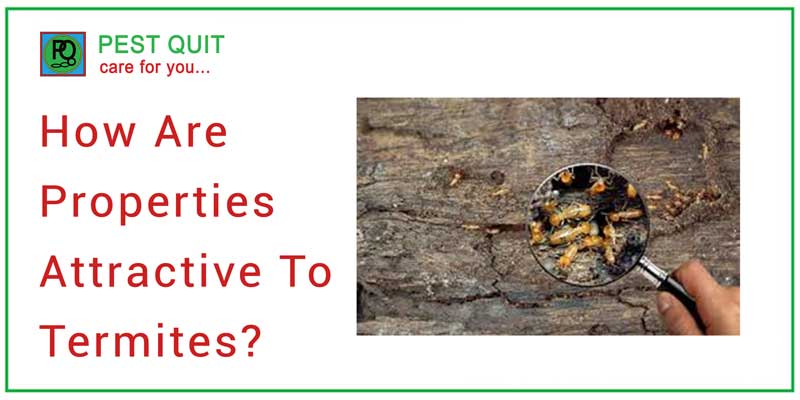
How are properties attractive to termites?
How are properties attractive to termites? Discovering termites on your premises is a serious matter,…
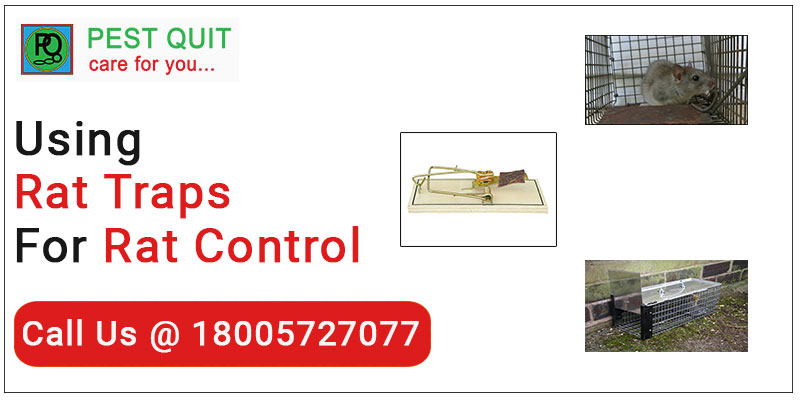
Rat Pest Control In India
The Best Service Provider For Rat Pest Control In India We Pest Quit are a…
